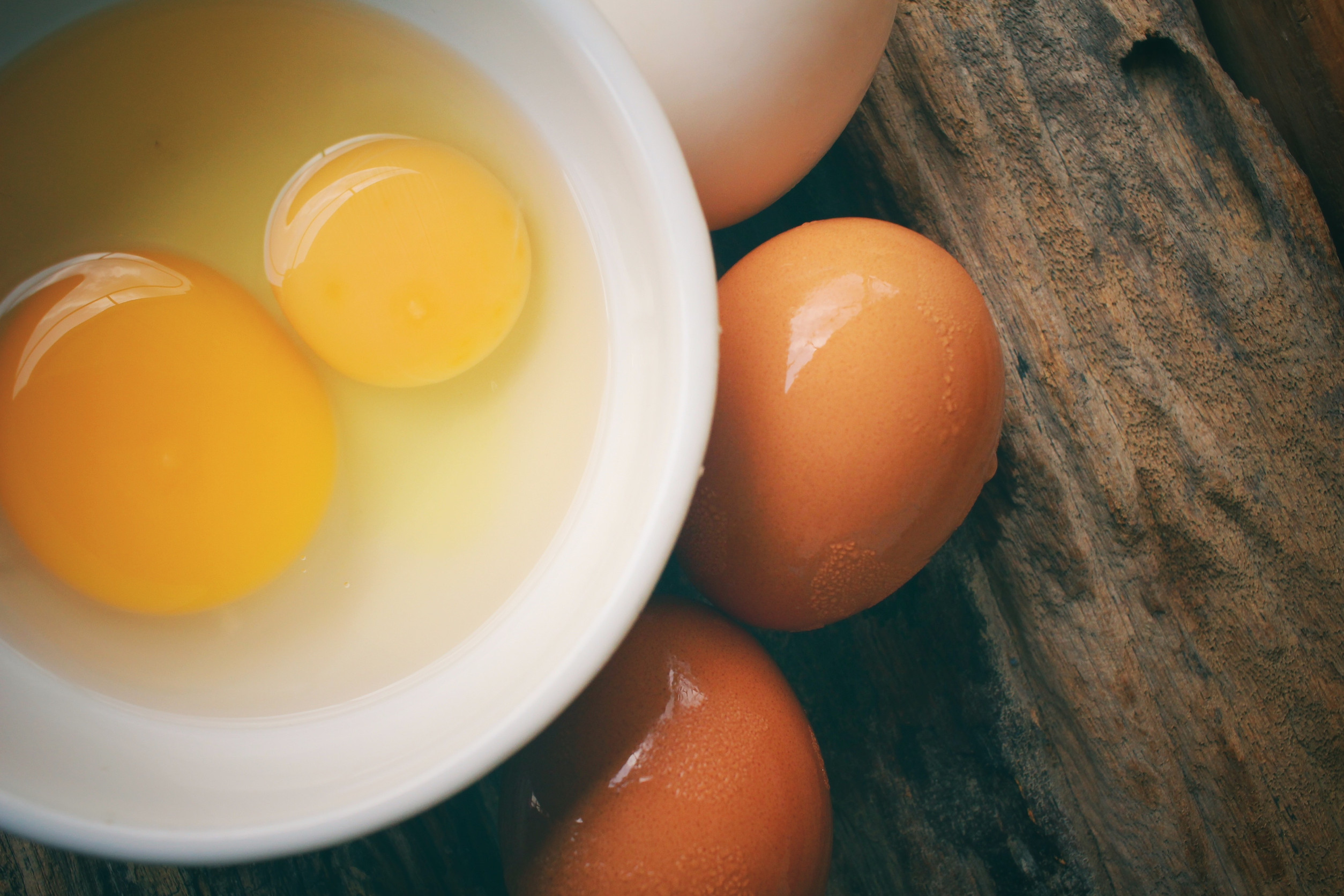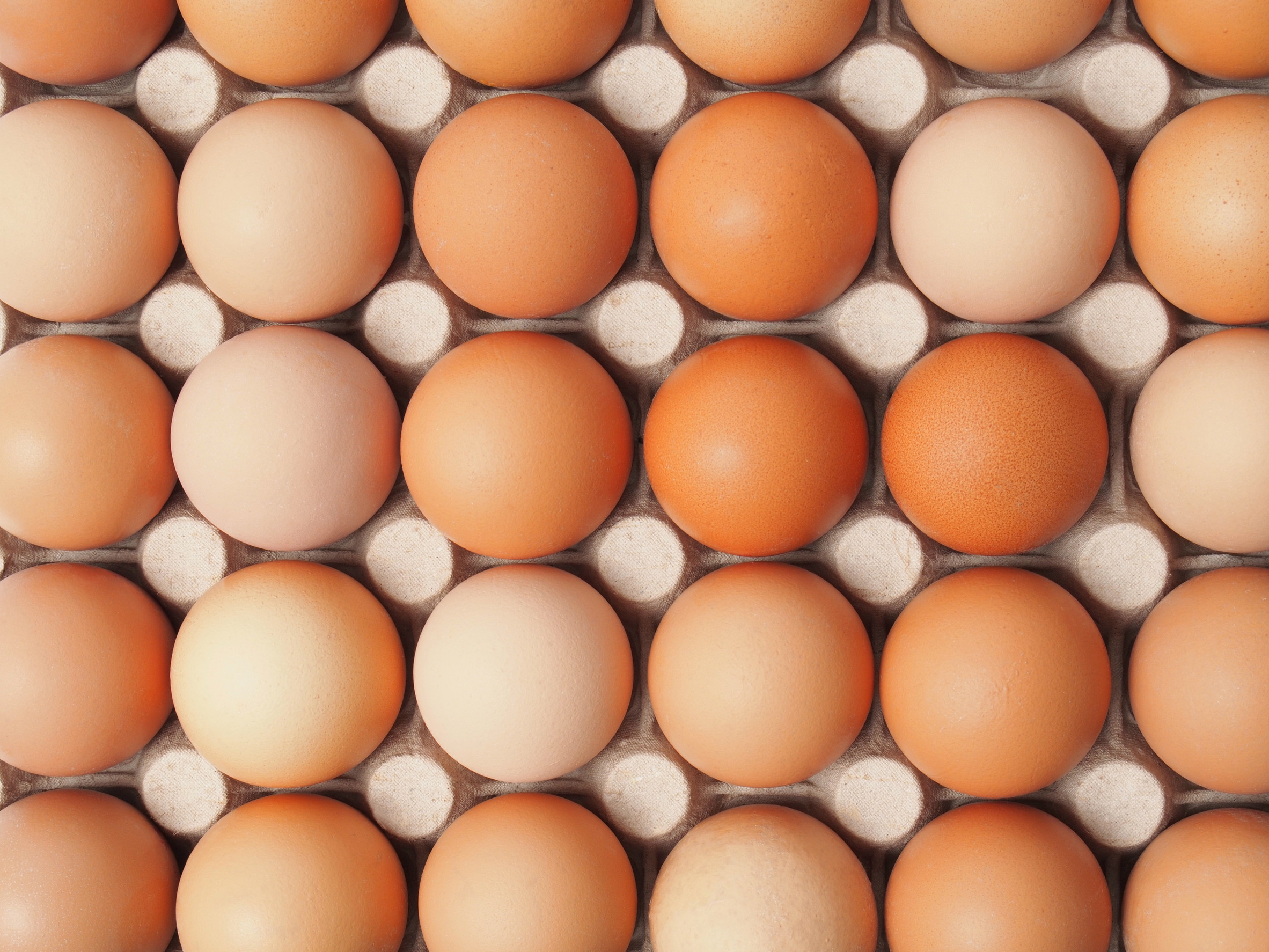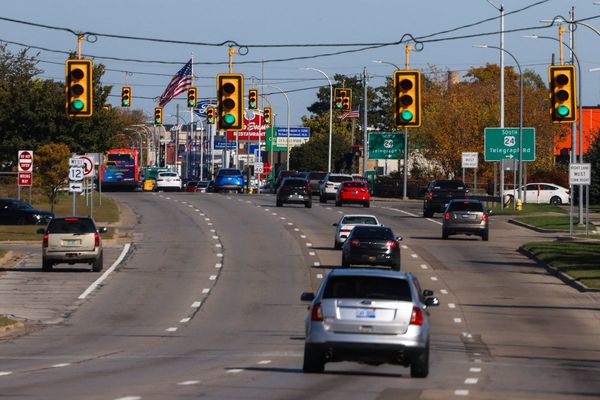Pennsylvanians are noticing something surprising at the grocery store: egg prices have taken a significant dip this summer. After months of sticker shock—thanks to bird flu outbreaks and supply shortages—cartons are now often selling for under $3 or even in the low $2 range. That dramatic shift isn’t just luck; it reflects real changes in supply, disease control, and global trade. If you’re cooking breakfast, baking desserts, or dyeing eggs, this price drop could save you more than you think. Let’s break down the top reasons behind these shifting egg prices and what you should watch for next.
Avian Flu Fallout Is Finally Easing
The avian influenza (HPAI) outbreaks that began in late 2022 hit egg-laying flocks hard, killing millions of hens and shrinking production capacity significantly. With fewer hens laying, egg prices spiked—national averages hit record highs above $8 per dozen at the worst point. That gap between demand and supply has finally closed as producers rebuild flocks and fewer birds test positive. As supply improves, wholesale prices have plunged—some by over 50% in just weeks. Now, Pennsylvania grocers are passing those savings onto shoppers.
Strategic Egg Imports Filled the Gap

Domestic production lagged behind demand earlier this year, so the USDA authorized large-scale egg imports from countries like Turkey, Mexico, and Brazil. That influx—over 26 million dozen eggs so far in 2025—helped replenish retail stock quickly. Importing eggs may seem unusual, but it’s now a smart move to balance the market and prevent extreme shortages or price spikes. Pennsylvania supermarkets were among those who benefited from this strategy, with fresh cartons available again at bargain prices. It’s a global fix that’s hitting home locally.
Wholesale Prices Dropped Sharply
Following those imports and flocks slowly rebuilding, wholesale egg prices have declined across the board. USDA data shows a drop from roughly $6.85 per dozen in early March to about $3.27 by mid-March, and declines have continued through spring. For cage-free eggs, wholesale costs have fallen even further, from over $4.48 to just $3.53 within months. That means grocers who bought earlier high-priced stock are now selling newer, cheaper inventory—and passing the savings directly to consumers. It’s the difference between red and yellow stickers in the shopping cart.
Promotions Reflect New Inventory, Not Just Price Cuts
Retailers in Pennsylvania—from local chains to national supermarkets—are rolling out weekly egg specials due to increased stock and reduced wholesale costs. With feature rates and activity indexes climbing, more stores are promoting eggs at lower prices, often under $3 per dozen. This aggressive pricing is a tactic to draw in shoppers and clear old, more expensive inventory. As a result, eye-catching deals are more common in July than they were in previous months. For savvy shoppers, it’s a good time to stock up or experiment with new egg recipes.
Seasonal Demand Has Finally Dropped
Egg demand usually spikes during spring holidays like Easter, but this year, those peak times coincided with low supply and high prices, keeping cartons scarce and costly. Now that demand has returned to seasonal normalcy, and with supply recovering, retailers don’t need to hold eggs hostage with high prices. Combined with additional imports and fewer avian flu outbreaks, Pennsylvania’s market has shifted from scarcity to price stability. When demand heats back up—for the holidays or baking seasons—prices might bounce again. For now, you can enjoy your sunny‑side‑up without bakery-level worry.
Local Eggs Still Vary by Type and Farm
Not every egg carton costs the same, even within Pennsylvania. Mass-produced, standard white eggs are seeing the steepest drops, often to under $3 a dozen. But organic, cage‑free, or pasture‑raised eggs still command premiums due to smaller flocks and limited production scale. Some local farms and specialty brands might hold prices steady—or even higher—to reflect quality or farm-to-table origin. Keep an eye on price-per-egg or price-per-ounce when comparing cartons. Even during low-price periods, it pays to look closely at labels.
Why This Matters (Beyond Cheap Breakfast)

With prices falling, Pennsylvania consumers have a rare window to re-evaluate grocery habits and budgets. Even a dollar saved per dozen adds up over time, especially for families or baking lovers. But it’s also a lesson in how global disease, farming practices, and government policy can ripple through our supermarket aisles. Tracking egg prices gives you a clear glimpse into food system complexities—and how even small shifts in poultry health can shake the economy. Now, smart shoppers can take advantage—and maybe finally bake that sourdough pancake stack.
What’s Next for Egg Prices in PA?
If avian flu stays contained and imports continue, prices may stabilize at current levels through summer and early fall. But any new HPAI cases or logistic hiccups could reverse the trend quickly. Keep watching wholesale price trends and USDA updates—those often predict what you’ll pay at your local store. Your kitchen is the front line in this pricing story, and today it looks like you’re winning.
Have you spotted a surprise low price or a disappointing hike at your grocery store? Share your latest egg‑price finds—or your best bargain strategy—in the comments below!
Read More
7 Tricks to Save on Eggs Without Compromising Quality
How Many Eggs Can You Eat And Still Be Healthy?
The post Why Are Eggs So Much Cheaper in Pennsylvania Right Now? appeared first on Grocery Coupon Guide.







